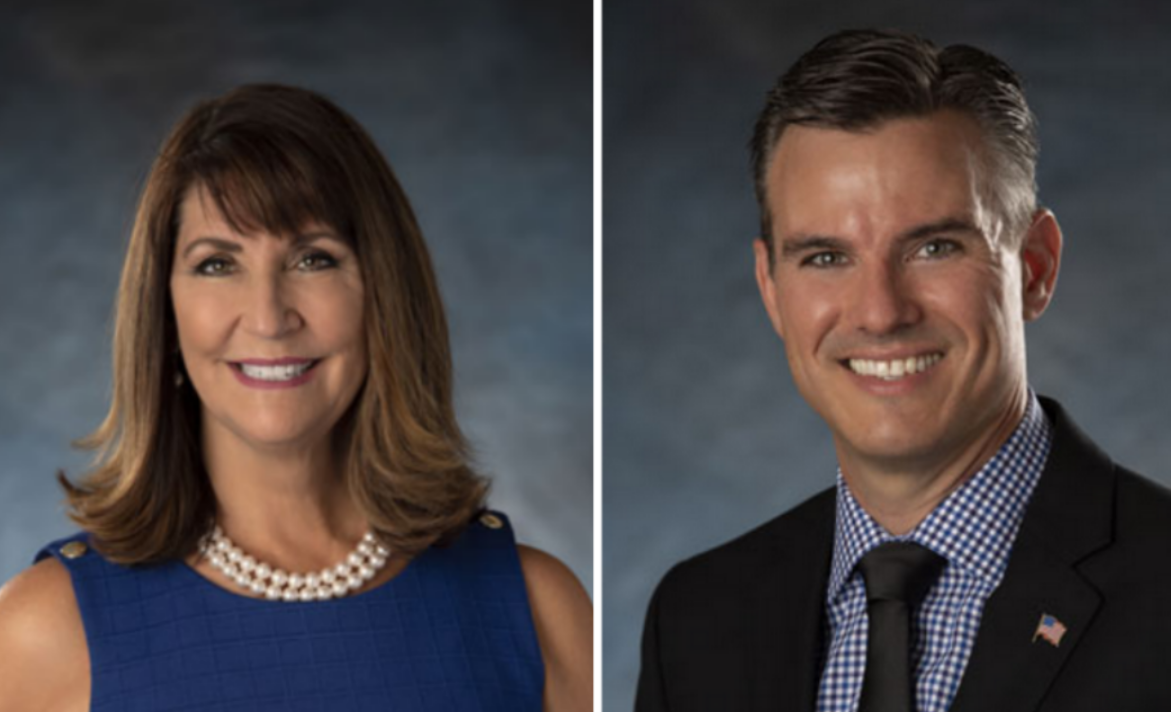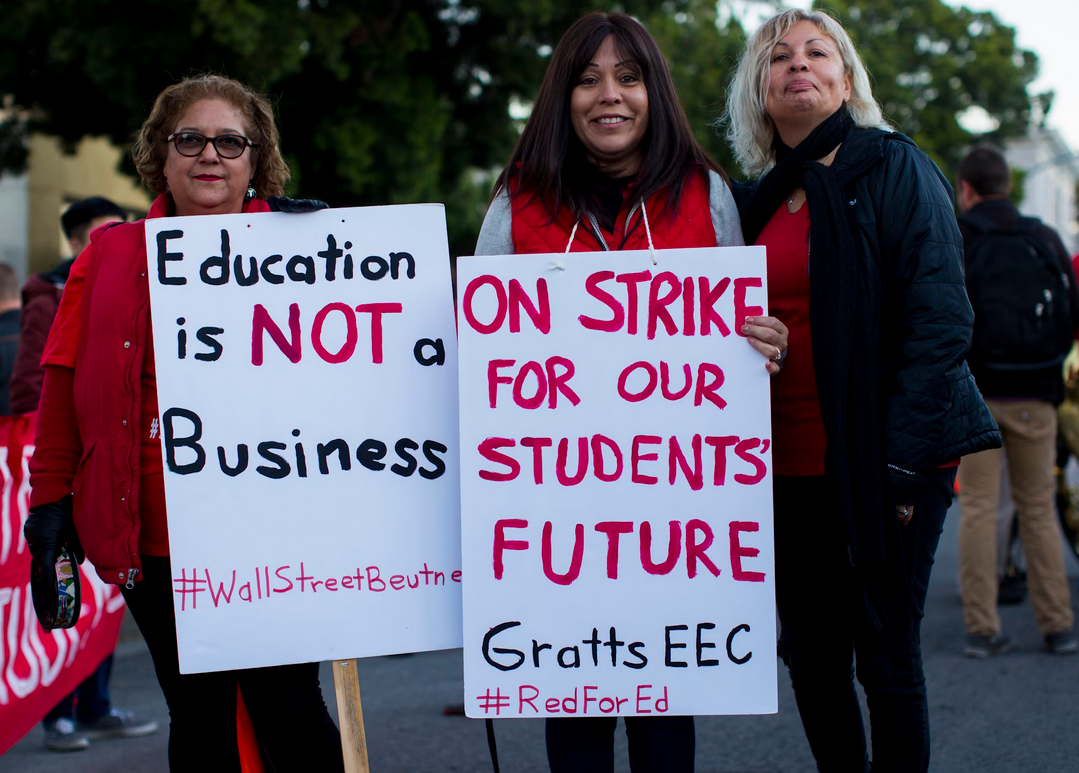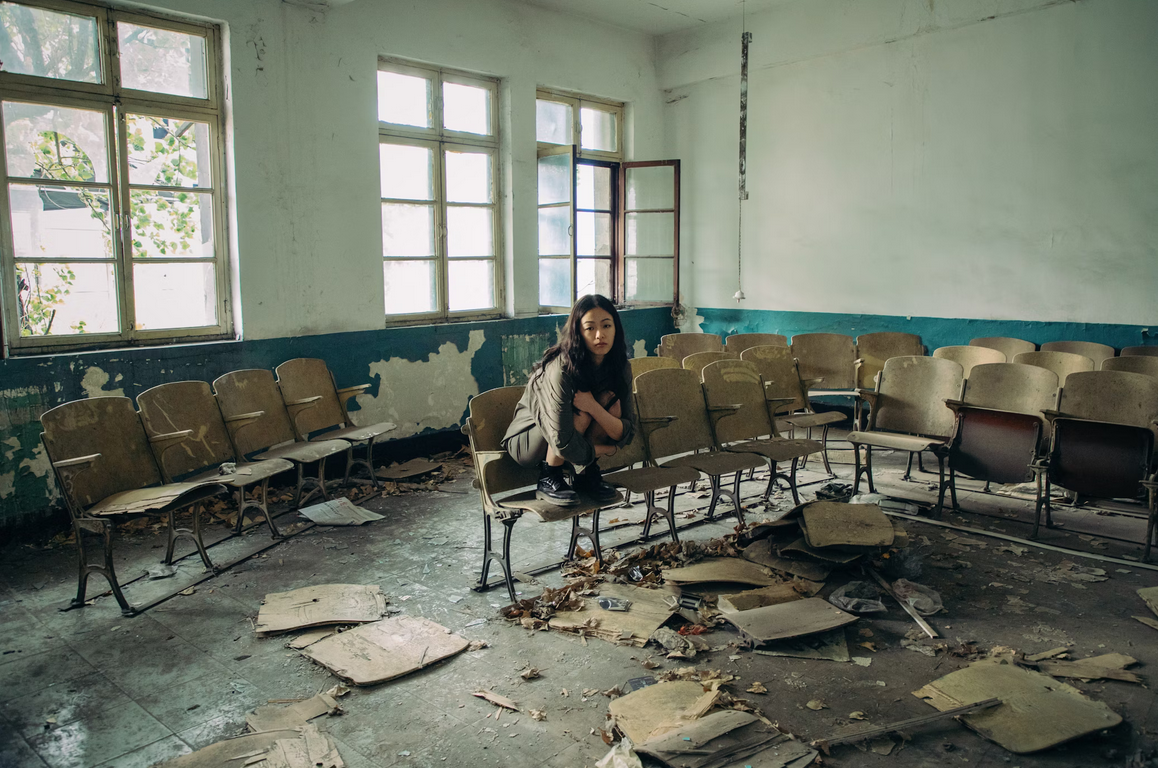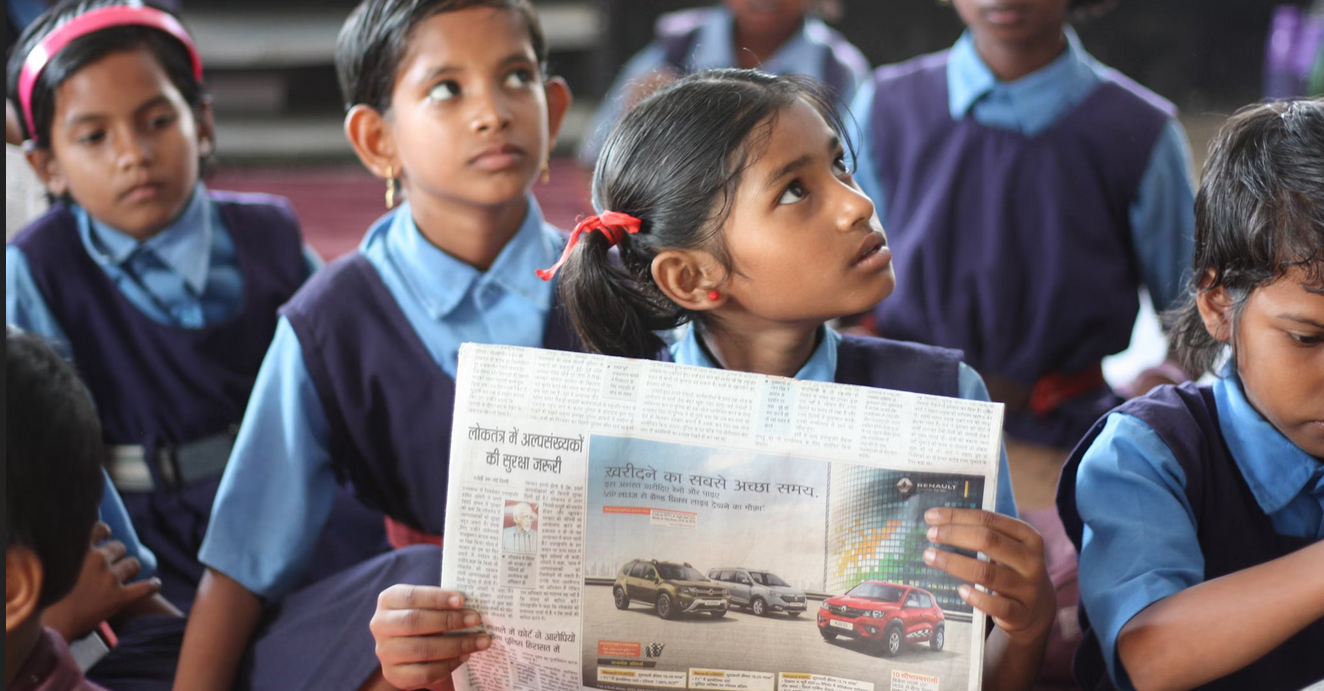
Experienced UIUC graduate student specializing in Math, Computer Science, and Writing
Availability:
Every day, 10:00am-10:00pm PST
Subjects:
Math
Computer Science
Writing
Covid Achievement Gaps Continue to Grow
Last Updated:

- Even though COVID quarantines are over, the achievement gaps caused by them are still large and growing
- Many teachers complain about worse behavioral issues and stunted social skills as a result of the disruption to student lives
- The relief funds provided by the federal government are expiring September 2024, so many efforts to fix achievement gaps will no longer continue
Students, teachers, and parents can all agree that the sudden disruptions in schools following the COVID pandemic was a devastating blow to the education process.
Many thought that after the pandemic ended, the gaps pre- and post- COVID would gradually shrink. However, we’re seeing just the opposite: the gap is widening.
The achievement gap for all grades has grown to 36% in reading and 18% in math. 8th grade students heading into high school today are a whole year behind compared to their standings in 2019.
Science is an especially concerning area for the gap, since it receives little focus in elementary and middle school. Surveys have shown that elementary school teachers spend 18 minutes a day on science compared to 90 minutes a day on reading.
Even top-performing students above the 90th percentile still show deficits of several months of instruction. No one was immune from the consequences of the pandemic.
These are just the academic consequences. There’s a lot to be said for the social skills and immense personal stress students went through that can’t just be made up with different standards or better instruction.
Unfortunately, by the end of September 2024, the COVID relief funds provided by the federal government will run out and must be allocated. California is one of the only states asking for an extension to spend those remaining funds. Nevertheless, this means the money districts were receiving to tackle the COVID learning loss will run dry, and programs like extra staffing or tutoring will be cut too.
One of the key problems is that you just can’t teach material when students have deficiencies in their learning from previous grades.
This has always been a common problem I’ve encountered while tutoring. Students may be expected to perform well in Algebra II when they still have gaps from Algebra I. However, COVID greatly exacerbated this issue, and every year a student goes without addressing their gaps is another year added to their learning debt.
Teachers can’t possibly address all the learning gaps students have when coming in. I’ve spoken to teachers who feel completely overwhelmed by how they can’t make progress with their students because they still need material from a more fundamental class taught to them first.
Many students need someone who can sit down with them and figure out exactly where individual deficiencies are. Until you’ve spent personal time seeing students work through a problem, you can’t figure out which concepts they’re struggling with and need help with. On the other hand, teachers are overworked and burnt out enough, so it’s not fair to expect them to do that.
Now that studies show some students are a whole year behind, especially going into high school when their grades begin to be reviewed by colleges, they might require this kind of personal attention to get caught up. From my experience, older students who experienced the COVID gap are often missing important concepts that reappear in later classes, especially for math and science.
Students don’t just need the academic support that comes from individualized attention. They also need to have their confidence and motivation boosted. Students making up the COVID gap have to actually work harder than students before to get caught up and remain competitive. It’s an uphill battle that many students don’t feel ready for, on top of material that would be challenging enough if done on a normal schedule.
As COVID relief funding dries up and school support for recovery fades out, tutors are still looking to help students get back on their feet. We know how hard the pandemic has been on our communities, so please reach out to us with your concerns!
Related Articles

Pleasanton Mayoral Candidates Square off Over 10 Key Issues

Teacher Shortage Crisis: Overworked, Underpaid, Stretched Thin, Burnt Out

CA Prop 2: Borrowing $10 Billion to Repair Public Schools

UN Initiatives Paint Optimistic Picture For Girls' Education

Remote Learning is a Game-Changer for Global Education
